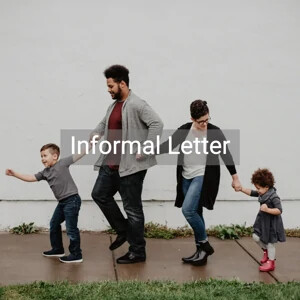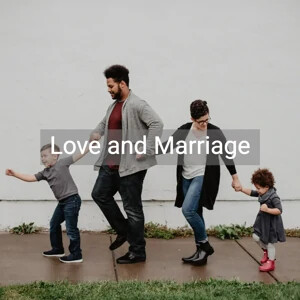Informal Letter


An informal letter is a friendly and personal letter mainly used for personal communication with friends, families, and acquaintances. The letters are written generally in a personal (i.e. not business or professional) and friendly tone, obviously they can still be written to business partners, associates, colleagues or staff on a friendly basis. These letters can even be emotional. In particular, informal letters can be written in relation to life events such as marriage, newborn or death of a family member. Please refer to the relevant sections for examples of these letters.
As the name suggests, formal letters are written in a more formal tone for business or professional purposes. It should set out its purpose clearly, be simple, brief and to the point. It should not contain any irrelevant substances. In contrast, an informal letter to a friend is a personal communication that can be more casual and in an unassuming manner.
A formal letter should be concise and does not include irrelevant substances. In contrast, informal letters may be longer and can talk about various things to build personal rapport. Nevertheless, the author should still bear the purpose of the letter in mind. Is the author writing to convey information, news, give congratulations, provide support or sympathy, give suggestions, request information, ask questions, ask for favours, etc.? Even if it is just a “hello” letter to build a personal relationship, one should not lose sight of the ultimate goal of the letter.
Informal letters do not have to follow any strict format, pattern or convention. They have fewer formatting rules than formal letters, usually, the author will just write in an informal tone and casually whatever comes to mind according to his / her wishes, circumstances and in a personal fashion. Nevertheless, whether one is writing formal or informal letters, there are general guidelines and conventions that people usually follow for the letters to be more effective. The letter should be clear, efficient, complete and conversational.
Header - Provide your full name and address at the top of the letter to keep in touch and allow people to contact you.
Date – Include a date so that the reader knows when the letter was written and can better understand the context of the letter. You can choose to include the date at the top or at the bottom after your signature.
Addressee – Are you addressing an individual or the whole family? If you are addressing a group, are there individual paragraphs in the letter that you want to address to a specific person. You should clearly have your audience in mind when writing your letter.
Greetings – Generally informal greetings are made on a first name basis when writing to friends. If you are writing to a relative, you may want to greet them by the person’s relationship with you, such as “Dear Aunt Betty”. For a more senior or elder person, you may want to call him / her by their surname prefixed with Mr. and Mrs. One may also wish to show respect by the use of their professional title such as “Doctor” or “Professor”.
Introduction – The introduction sets the tone for the entire letter. Depending on the purpose of the letter, the tone can be either courteous, friendly, cheerful, solemn or emotional, depending on who you are writing to. If writing to a good friend, it can be in a causal or even joking tone. If writing to a senior member of your family, you may want to be more respectful and humble. It is always good to start by asking how they are doing, in particular at a more personal level like health or holidays, etc. The opening of an informal letter should be casual and comfortable. Avoid negative issues or serious topics such as business, career or school in the introduction.
Body Paragraph– As mentioned before, always bear in mind the purpose of the letter when you are writing. Keep your writing simple and mention the most important matter or the purpose of the letter first. Avoid the common mistake of taking too long to say why you are writing. It is also good to break your letter into smaller paragraphs in different sections to make it easier to read. Choose your words carefully, especially if you writing an apology letter or sending your condolences. The manner in the letter should resemble the kind of face-to-face conversation you have with the person.
Conclusive Paragraph – Summarise the purpose of the letter to reduce the likelihood that the reader will miss the point or misinterpret it. Say something meaningful with an affectionate goodbye to the reader. Even though it is an informal letter, don’t forget to review it to ensure that there are no typos or grammatical errors. You can also invite the reader to write back to you to show the intention to continue of staying in touch. End the letter with “lots of loves”, “best wishes” or “take care” just above the signature.
Not the right document?
Don’t worry, we have thousands of documents for you to choose from:
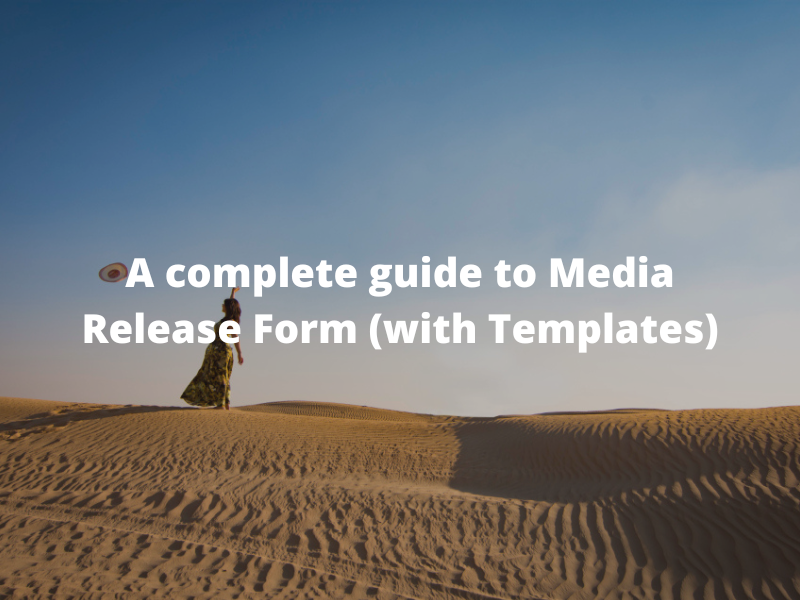
10 Jun 2022
6 min read

2 Jun 2022
6 min read

27 May 2022
6 min read

20 May 2022
6 min read

9 May 2022
6 min read

3 May 2022
3 min read

25 Apr 2022
5 min read

31 Mar 2022
1 min read

29 Mar 2022
1 min read

20 Mar 2022
6 min read

12 Mar 2022
5 min read
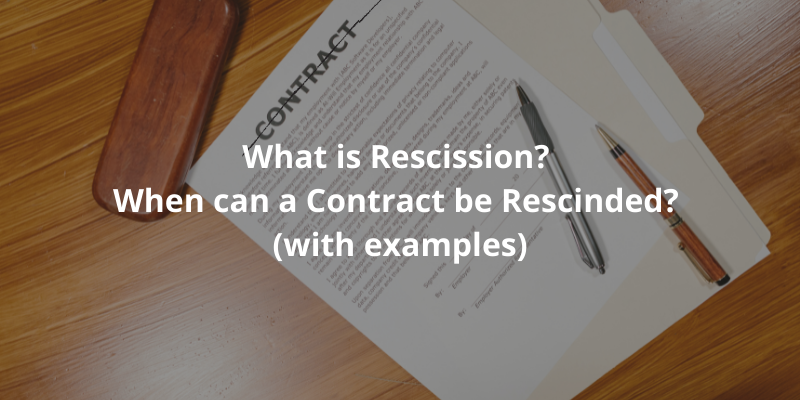
21 Feb 2022
5 min read

31 Jan 2022
5 min read

13 Jan 2022
4 min read

3 Jan 2022
5 min read

7 Dec 2021
11 min read
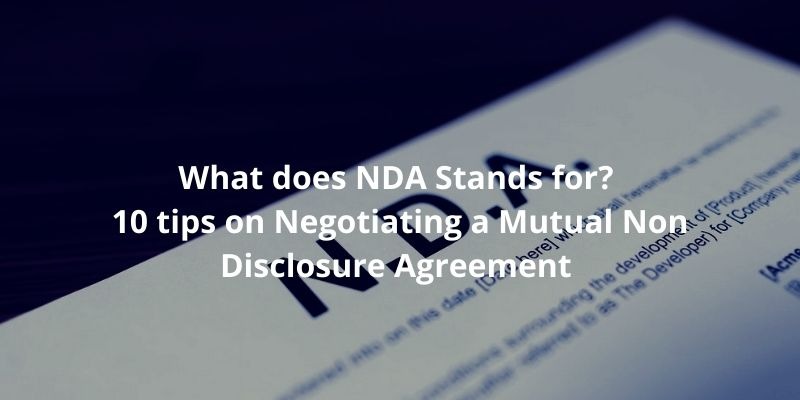
14 Nov 2021
6 min read

1 Nov 2021
9 min read

21 Oct 2021
1 min read

17 Oct 2021
7 min read
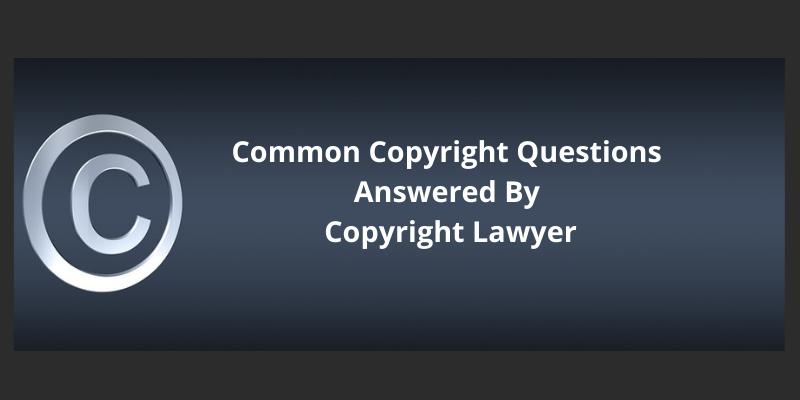
7 Oct 2021
12 min read

16 Sep 2021
4 min read

14 Sep 2021
5 min read

10 Sep 2021
3 min read

31 Aug 2021
4 min read
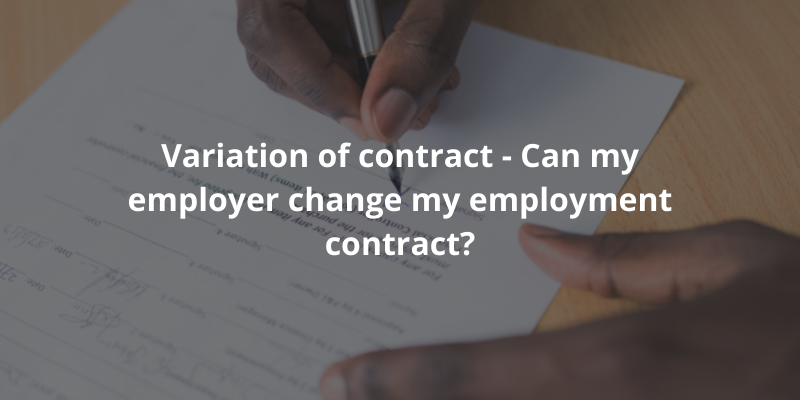
23 Aug 2021
3 min read
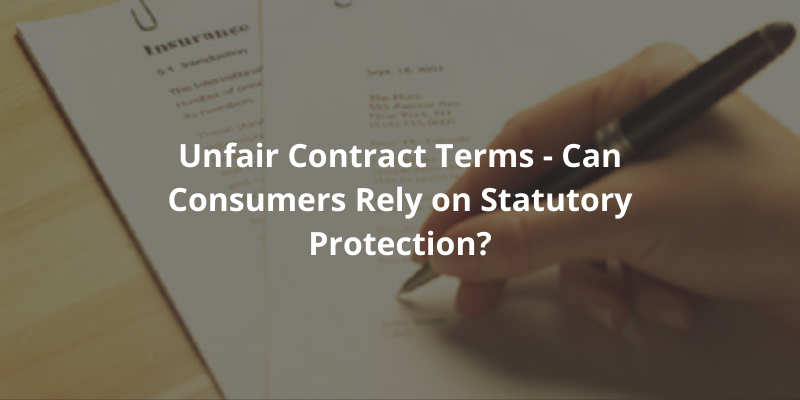
16 Aug 2021
5 min read

30 Jul 2021
6 min read

23 Jul 2021
7 min read

13 Jul 2021
5 min read

2 Jul 2021
5 min read

24 Jun 2021
5 min read

15 Jun 2021
4 min read

4 Jun 2021
6 min read

28 May 2021
5 min read

21 May 2021
5 min read

14 May 2021
5 min read

7 May 2021
5 min read

30 Apr 2021
5 min read

23 Apr 2021
5 min read

16 Apr 2021
5 min read

9 Apr 2021
5 min read

1 Apr 2021
5 min read

26 Mar 2021
4 min read

19 Mar 2021
5 min read

12 Mar 2021
5 min read

5 Mar 2021
6 min read

26 Feb 2021
5 min read

19 Feb 2021
6 min read

11 Feb 2021
5 min read

29 Jan 2021
6 min read
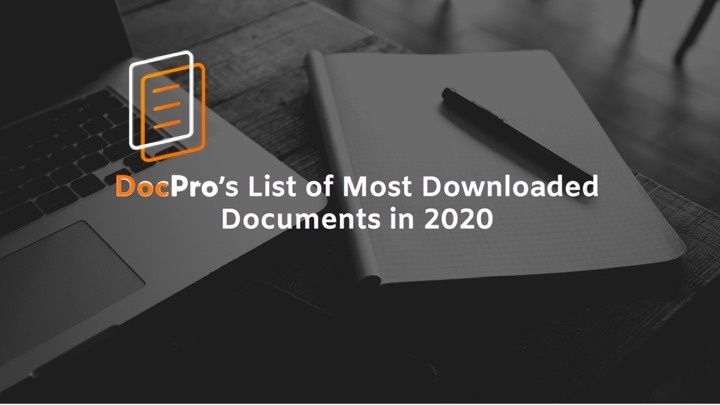
29 Jan 2021
3 min read

22 Jan 2021
6 min read

15 Jan 2021
6 min read

8 Jan 2021
6 min read

31 Dec 2020
6 min read

24 Dec 2020
0 min read

24 Dec 2020
7 min read

18 Dec 2020
6 min read

11 Dec 2020
6 min read

4 Dec 2020
6 min read

27 Nov 2020
6 min read

27 Nov 2020
7 min read

22 Nov 2020
7 min read
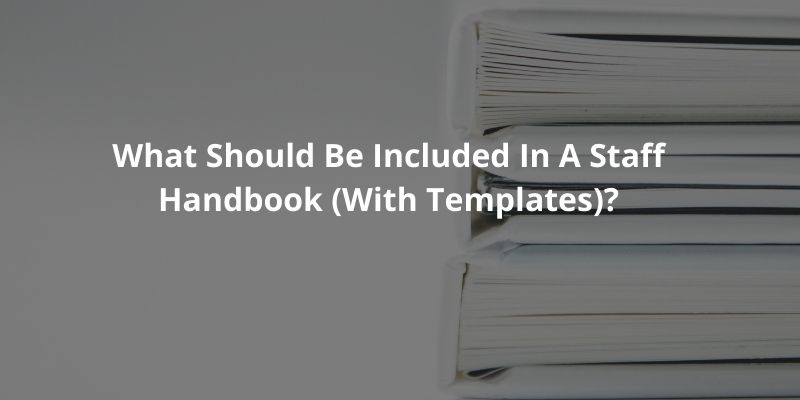
13 Nov 2020
8 min read
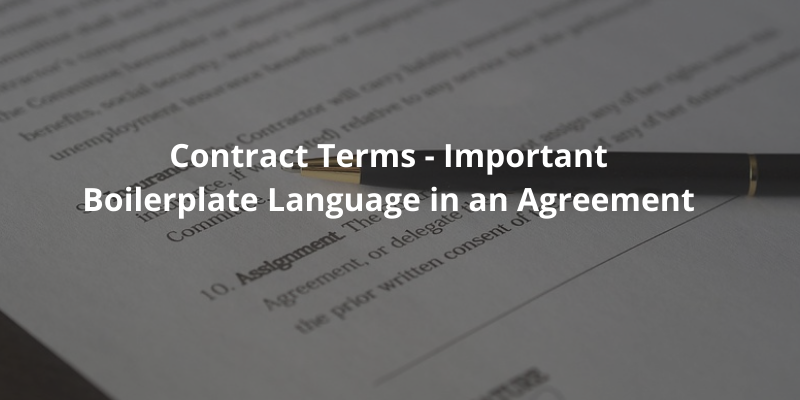
12 Nov 2020
8 min read
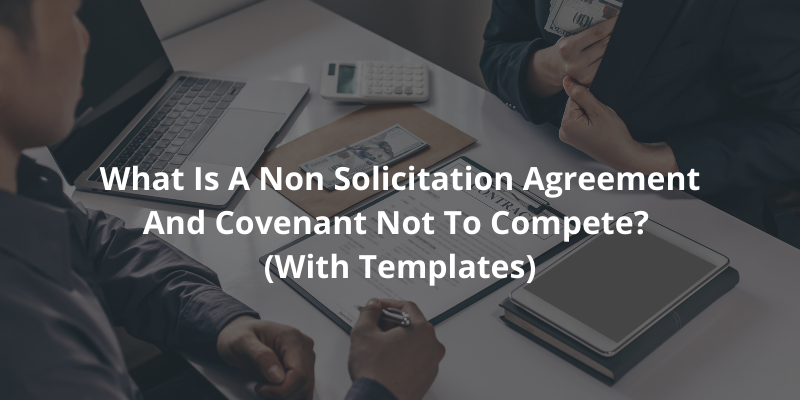
7 Nov 2020
8 min read

5 Nov 2020
6 min read
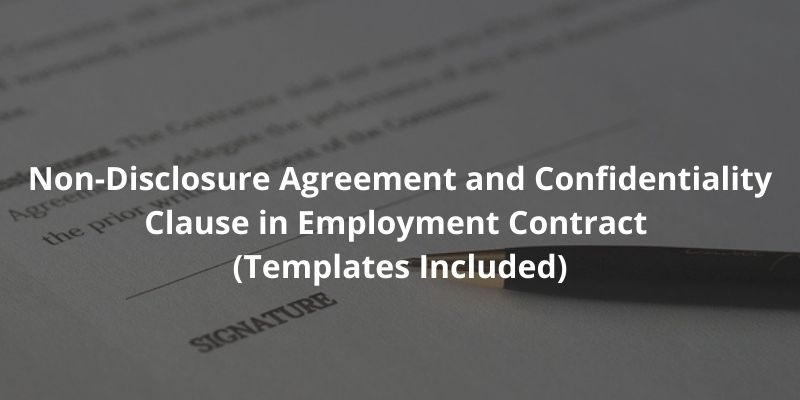
30 Oct 2020
7 min read
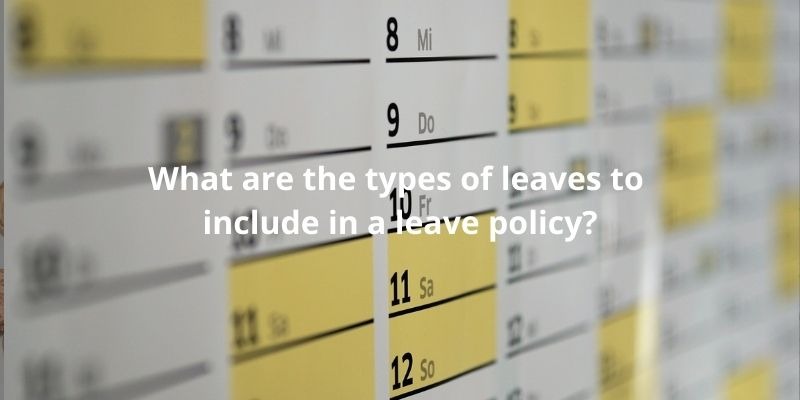
29 Oct 2020
8 min read

23 Oct 2020
7 min read

19 Oct 2020
8 min read

16 Oct 2020
10 min read

7 Oct 2020
9 min read

28 Sep 2020
8 min read

18 Sep 2020
7 min read

9 Sep 2020
7 min read

3 Sep 2020
7 min read

27 Aug 2020
8 min read

27 Aug 2020
9 min read

19 Aug 2020
8 min read

17 Aug 2020
8 min read

11 Aug 2020
8 min read

11 Aug 2020
8 min read

10 Aug 2020
11 min read

10 Aug 2020
9 min read

7 Aug 2020
9 min read

4 Aug 2020
9 min read

3 Aug 2020
10 min read

23 Jul 2020
8 min read

23 Jul 2020
8 min read

12 Jul 2020
8 min read

5 Jul 2020
7 min read

25 Jun 2020
7 min read

12 Jun 2020
9 min read

11 Jun 2020
9 min read

9 Jun 2020
9 min read

8 Jun 2020
8 min read

4 Jun 2020
5 min read

4 Jun 2020
8 min read

2 Jun 2020
10 min read

28 May 2020
13 min read

25 May 2020
8 min read

1 May 2020
10 min read

1 Apr 2020
6 min read

1 Mar 2020
11 min read

1 Feb 2020
11 min read

8 Jan 2020
9 min read

1 Jan 2020
1 min read

10 Dec 2019
7 min read

26 Nov 2019
8 min read

5 Nov 2019
5 min read

24 Oct 2019
3 min read

1 Oct 2019
1 min read

1 Oct 2019
1 min read

